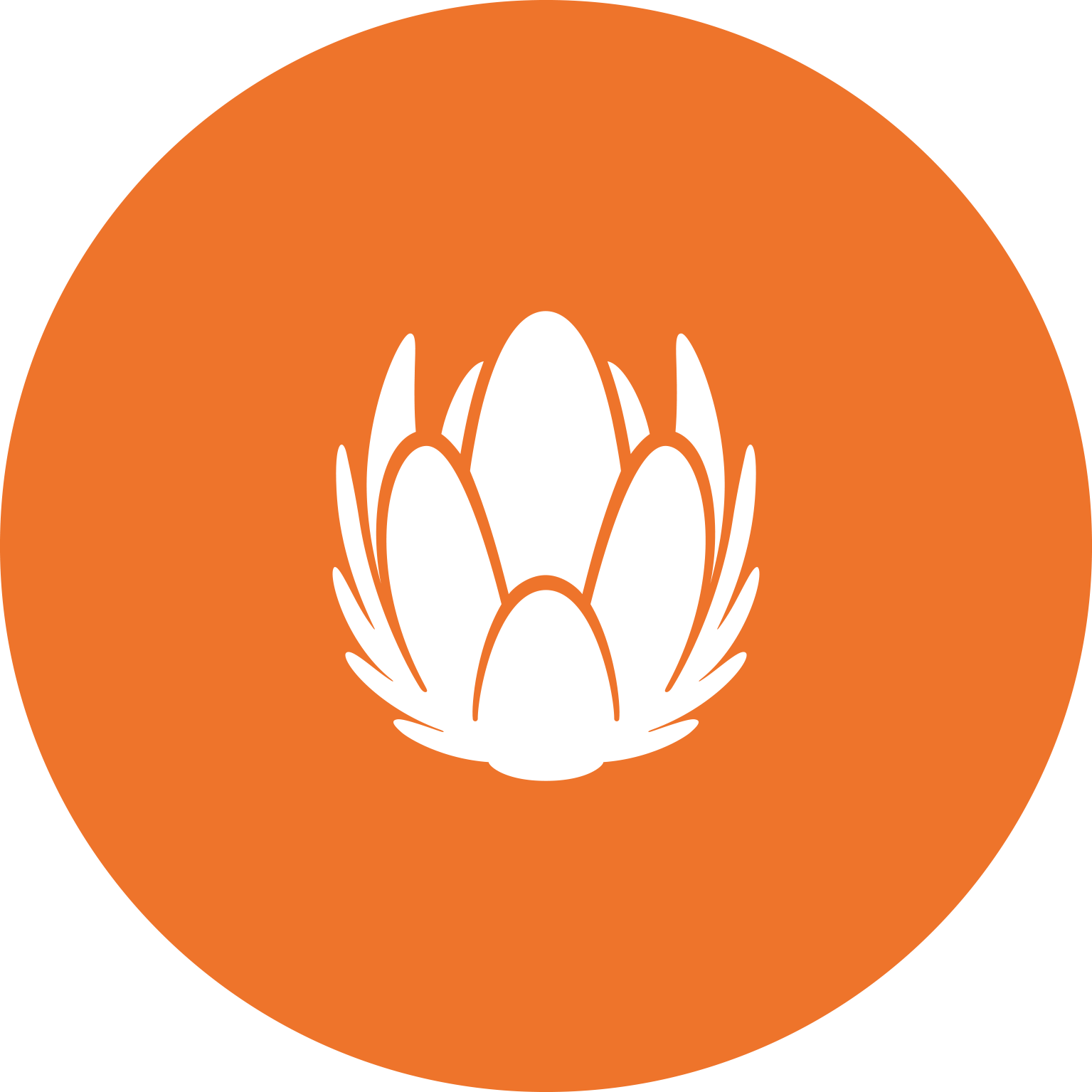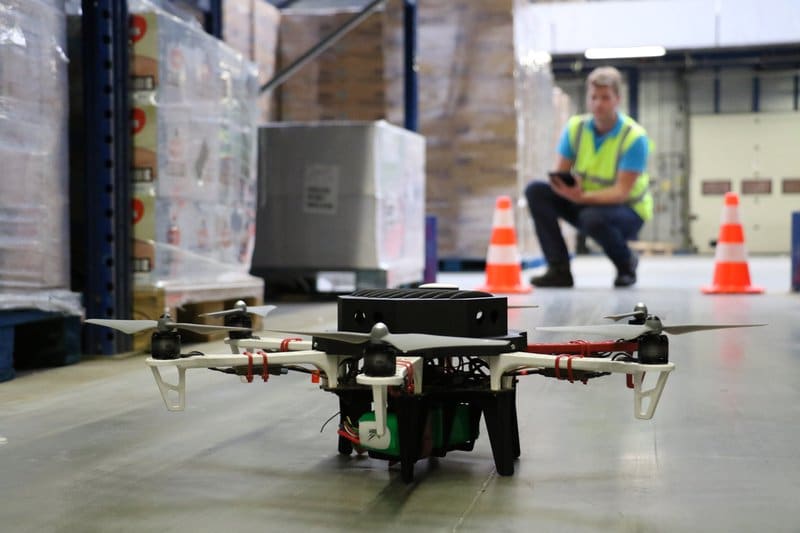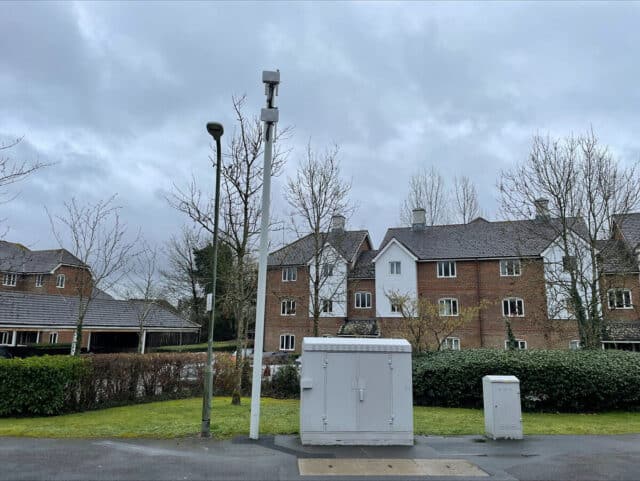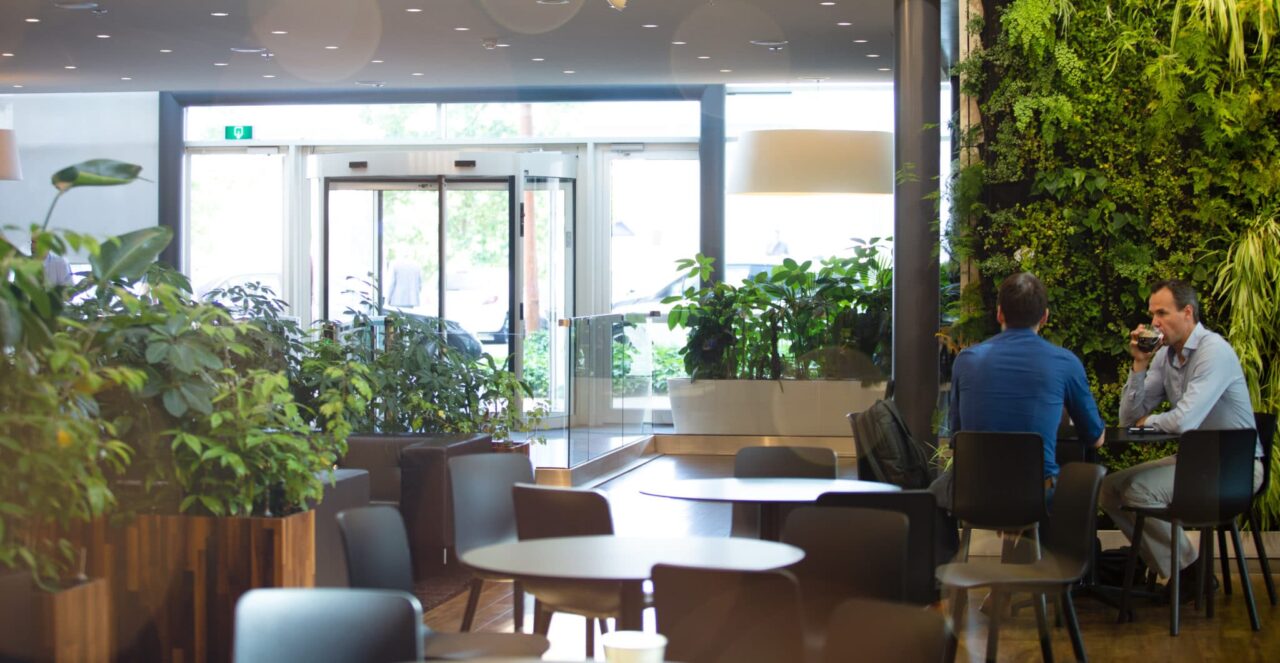Arox Smart Technologies has developed technology for automatically counting goods on pallets. It uses drones together with 5G technology. Arox is conducting a 5G pilot as part of 5Groningen, the initiative of the Economic Board Groningen in cooperation with its partners, VodafoneZiggo among others.
At the moment, counting and checking warehouse stocks is often a manual process. This pilot studies how the drone can gather images and then send those by using 5G in order to navigate and count independently. Automating the counting process by using 5G technology is a world first. The participating parties in this 5G pilot are Arox, VMware, Dell EMC, VodafoneZiggo, Ericsson, University of Groningen, TNO and Hanze University of Applied Sciences Groningen.
“This 5G pilot is an important step in automating counting warehouse stocks”, said Arno Bruining, director of Arox Smart Technologies B.V. in Hoogezand. His company provides logistics software. Various companies with large warehouses asked him how they could make the counting process of stocks more efficient. “These days, companies need to count their stocks more often than before, because the throughput is much higher. This counting and checking is a labour-intensive and expensive process.”
Small drones and edge computing
Arno Bruining quickly came up with the idea of using drones to automate the counting process. It requires a significant amount of computing power to have a drone fly independently and chart quantities. This is difficult, because the more hardware you fit onto your drone, the heavier and more expensive the drone becomes. Together with the team of 5Groningen, Bruining realised that the computing power could be put externally on an edge computer, enabling you to work with smaller and less expensive drones. Edge computing means that information is processed on the edge of the mobile network. Like delivering the processed information, gathering data takes place close to the source. As data is processed locally and sent via 5G, you obtain a faster reaction speed.
5G-network
Together with a number of partners of 5Groningen, Arox started a pilot to study the possibilities of this 5G application and to work out the concept in more detail. The first tests have demonstrated that the 5G network is fast enough to ensure that the drone can locate itself quickly and stably and can navigate on the basis of video images and sensor data that can be sent to the localisation algorithm in the edge network. The video images are then also used to count the goods.
Roles
In this pilot, VodafoneZiggo provides the 5G connection and, together with TNO and Ericsson, it produced the technical infrastructure for the indoor 5G network. VMware provided its Telco Cloud Platform, where TNO operates one of the latest 5G-core networks. Virtual network functions (VNF) run on this platform and facilitate a local transfer of the video data directly to the operating application of the drone. The aim is to reduce the delay for the remote, real-time autonomous drone control. University of Groningen built a small computer on the drone and deals with the communication with that autonomous control of the drone via the 5G network.
“We see innovation as solving a problem that doesn’t exist yet”, commented Arno Bruining. “As Arox we did not consider 5G in first instance. However, with 4G or Wi-Fi it is not possible to have a drone fly independently indoors through the aisles. With 5G we can use small, agile and affordable drones. Furthermore, with 5G we produce a uniform solution that is separate from the infrastructure of companies.”
The solution is suitable for reducing the cost of counting stocks for every company with a large warehouse. A number of large companies from the Netherlands and beyond have already shown interest in this innovation.
Photographer: Thomas Oosterloo







